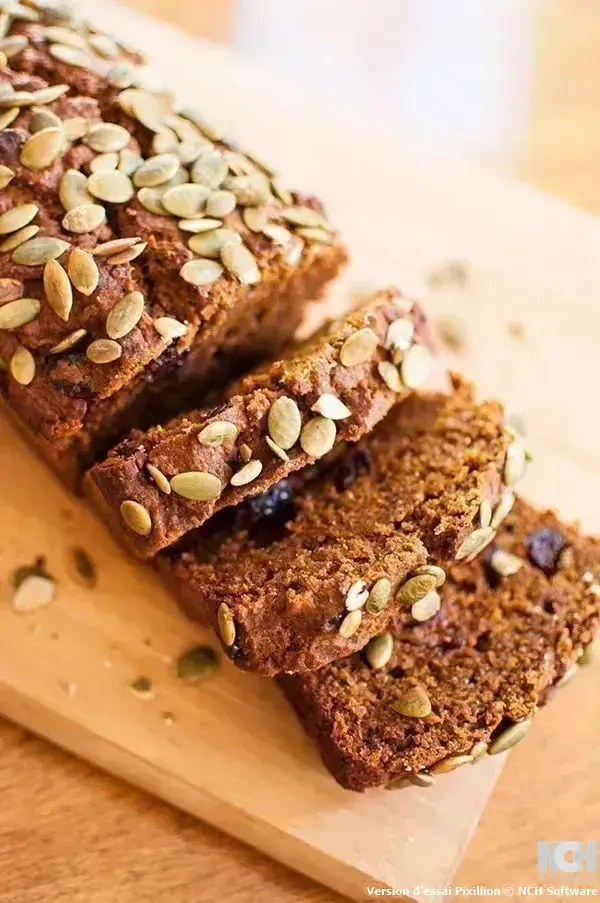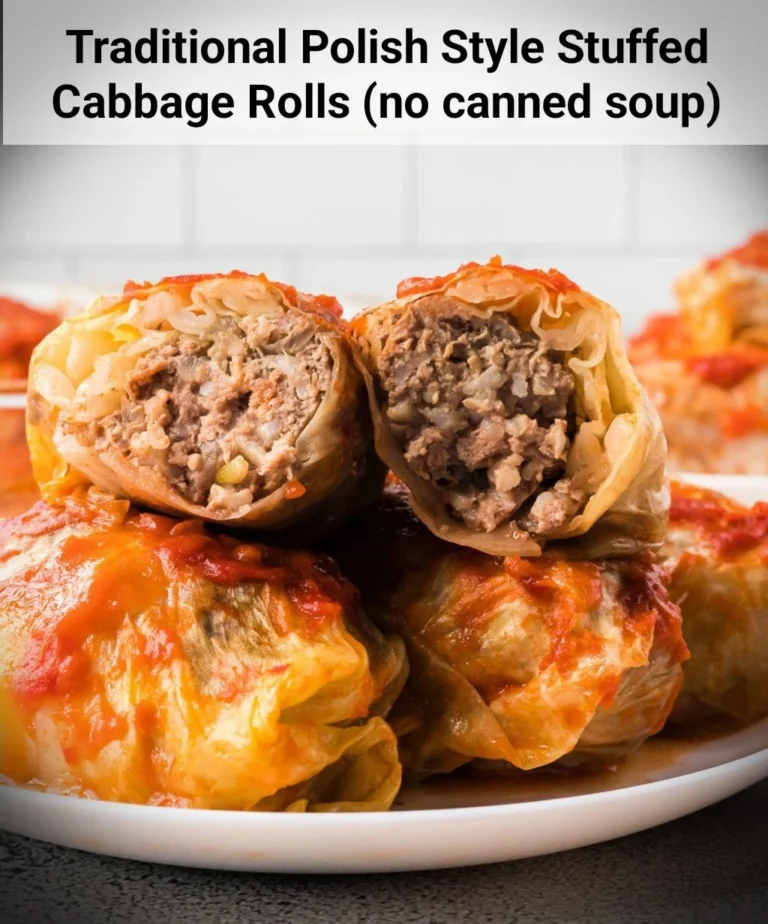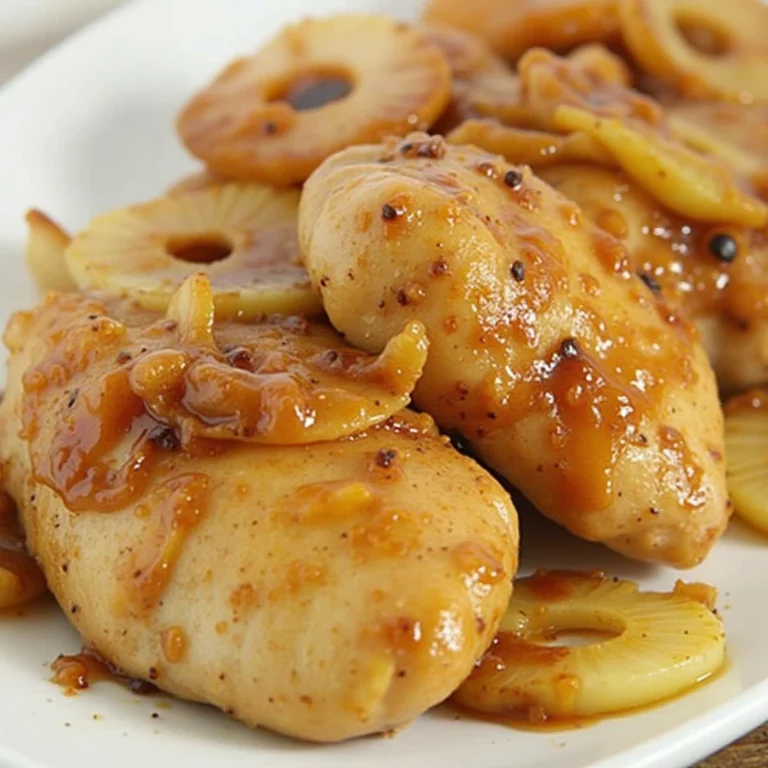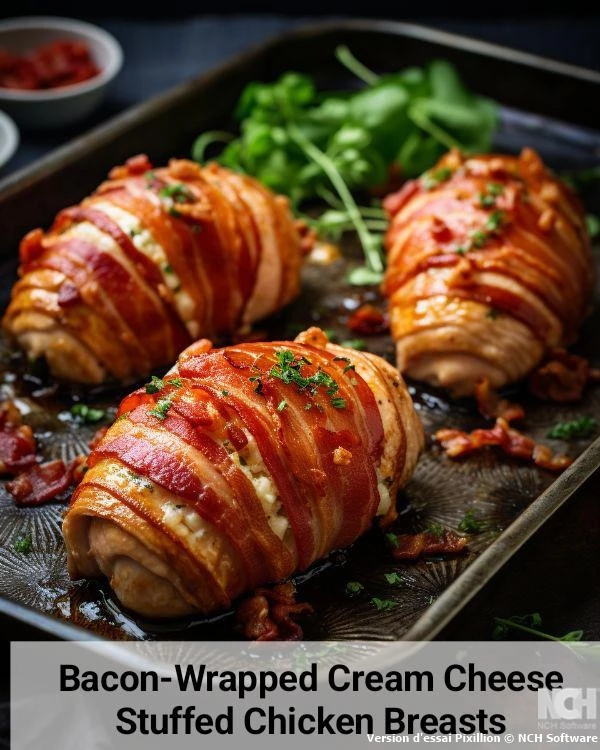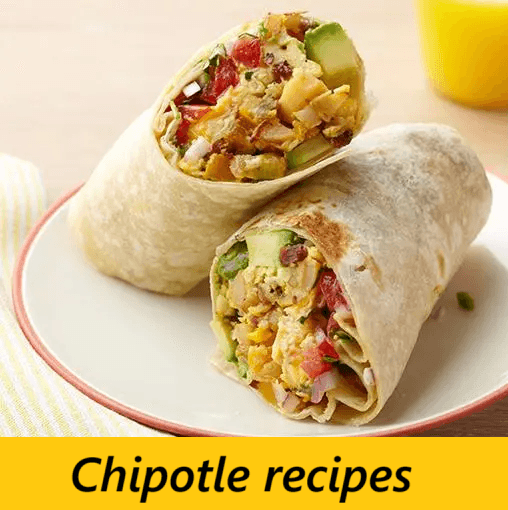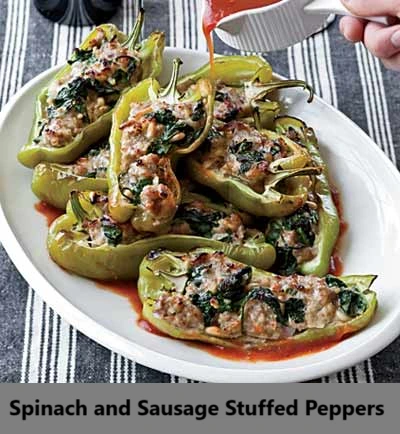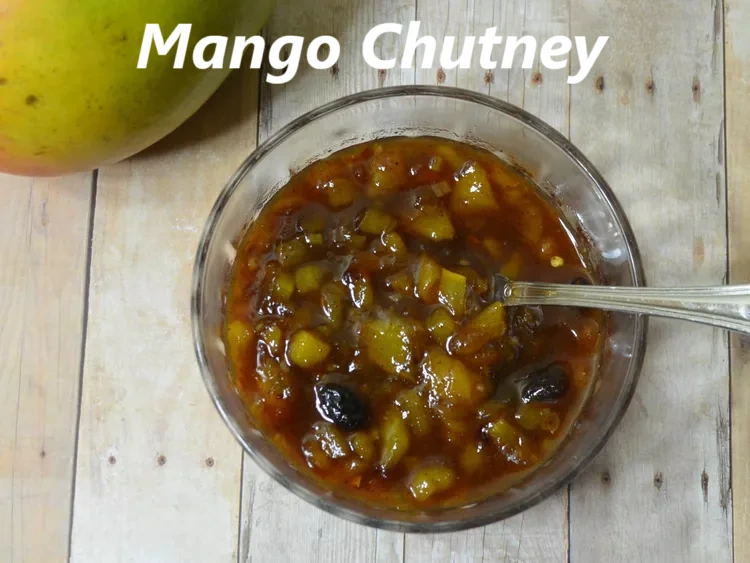Quick Pumpkin Spice Bread with Ginger and Cloves
Table of Contents
Introduction
Did you know that traditional pumpkin bread recipes often require over 90 minutes of total preparation and baking time, yet this quick version delivers identical flavor profiles in just 75 minutes? This remarkable efficiency challenges the common belief that exceptional baked goods require extensive time investments, proving that strategic recipe optimization can maintain quality while reducing kitchen time by approximately 20%.
This quick pumpkin bread recipe combines the essential warmth of ginger and cloves with classic autumn spices, creating a sophisticated flavor profile that elevates standard seasonal baking. The incorporation of these distinctive spices transforms ordinary pumpkin bread into an extraordinary culinary experience that satisfies both traditional expectations and contemporary preferences for complex, nuanced flavors.
Professional bakers have long recognized that the key to superior pumpkin bread lies not in extended preparation times but in precise ingredient ratios and proper technique execution. This recipe demonstrates how strategic ingredient selection and streamlined methodology can produce bakery-quality results in home kitchens while accommodating busy schedules and demanding timelines.
Ingredients List
The foundation of exceptional pumpkin bread requires carefully selected ingredients that work synergistically to create optimal texture, flavor, and nutritional value.
Essential Base Ingredients: One cup of high-quality pumpkin puree serves as the primary moisture source and flavor foundation. Fresh pumpkin puree provides superior taste compared to canned alternatives, though premium canned varieties offer acceptable substitution when fresh options are unavailable.
One cup of granulated sugar provides structural sweetness and contributes to proper bread texture. Brown sugar may be substituted to add molasses depth and enhanced moisture retention, though this modification will slightly alter the final color and flavor profile.
Half cup of neutral vegetable oil ensures consistent moisture distribution throughout the batter. Canola oil represents the optimal choice for neutral flavor, while melted butter may be substituted for enhanced richness at the cost of slightly denser texture.
Two large eggs provide essential binding properties and contribute to proper rise and structure. Room temperature eggs integrate more effectively than cold eggs, ensuring smoother batter consistency and improved final texture.
One teaspoon of pure vanilla extract enhances overall flavor complexity and complements the spice profile. High-quality vanilla extract produces noticeably superior results compared to artificial alternatives.
Dry Ingredient Components: One and one-half cups of all-purpose flour provides the structural foundation for proper bread texture. Bread flour may be substituted for enhanced protein content and improved structure, though this modification requires slight liquid adjustments.
One teaspoon of baking soda serves as the primary leavening agent, creating proper rise and texture. Fresh baking soda ensures optimal effectiveness, as older products may produce inconsistent results.
Signature Spice Blend: One teaspoon of ground cinnamon provides the classic warmth associated with traditional pumpkin preparations. Ceylon cinnamon offers superior flavor complexity compared to cassia cinnamon, though both varieties produce acceptable results.
Half teaspoon of ground ginger contributes distinctive warmth and subtle heat that elevates the overall flavor profile. Fresh ground ginger provides superior potency compared to pre-ground alternatives.
Quarter teaspoon of ground cloves delivers the sophisticated depth that distinguishes this recipe from standard pumpkin bread preparations. Whole cloves ground fresh produce exceptional flavor intensity.
Optional Enhancement Ingredients: Half cup of chopped pecans or walnuts provides textural contrast and nutritional enhancement. Toasted nuts offer superior flavor development compared to raw alternatives.
Quarter cup of pumpkin seeds adds authentic seasonal character and additional nutritional value through healthy fats and protein content.
Timing
This streamlined pumpkin bread recipe demonstrates exceptional efficiency while maintaining professional-quality results through optimized preparation and baking procedures.
Detailed Time Analysis: Preparation time requires approximately 15 minutes for ingredient assembly and batter preparation. This represents a 25% reduction compared to traditional recipes that require extensive creaming and multiple mixing stages.
Baking time spans 50 to 60 minutes at 350 degrees Fahrenheit, which aligns with standard quick bread baking parameters while ensuring proper internal temperature achievement and moisture retention.
Total active time amounts to 75 minutes from initial preparation through final cooling, demonstrating significant time savings compared to conventional pumpkin bread recipes that typically require 90 to 100 minutes of total investment.
Efficiency Comparisons: This optimized approach reduces total preparation time by approximately 20% compared to traditional methods while maintaining identical flavor development and texture characteristics. The streamlined mixing process eliminates unnecessary steps without compromising final product quality.
Professional bakeries often utilize similar time-saving techniques to maximize production efficiency while maintaining consistent quality standards. These methods translate effectively to home baking environments where time constraints often limit baking frequency.
Step-by-Step Instructions
Step 1: Prepare Baking Environment and Equipment
Preheat the oven to 350 degrees Fahrenheit to ensure proper temperature stability throughout the baking process. Grease a standard 9×5-inch loaf pan thoroughly with butter or cooking spray, then dust lightly with flour to prevent sticking. This dual preparation method ensures clean release while maintaining proper crust formation.
Step 2: Create Wet Ingredient Foundation
Combine pumpkin puree, granulated sugar, vegetable oil, eggs, and vanilla extract in a large mixing bowl. Whisk these ingredients vigorously until the mixture achieves complete homogeneity and smooth consistency. Proper mixing at this stage ensures even distribution of moisture and flavor throughout the final product.
Step 3: Prepare Dry Ingredient Mixture
Combine all-purpose flour, baking soda, cinnamon, ginger, and cloves in a separate bowl. Whisk thoroughly to ensure even spice distribution and eliminate any lumps that might create texture inconsistencies in the finished bread. This separate preparation method prevents overmixing while ensuring proper ingredient integration.
Step 4: Execute Proper Mixing Technique
Add the dry ingredient mixture to the wet ingredients gradually while stirring gently with a wooden spoon or rubber spatula. Mix only until ingredients are just combined, avoiding overmixing which can result in tough, dense bread texture. Visible flour streaks should disappear without excessive stirring.
Step 5: Incorporate Optional Enhancement Ingredients
Fold chopped nuts and pumpkin seeds into the batter using gentle folding motions that maintain air incorporation while ensuring even distribution. This technique preserves the tender crumb structure while adding textural interest and nutritional enhancement.
Step 6: Transfer and Bake to Perfection
Pour the completed batter into the prepared loaf pan, spreading evenly without compacting. Bake for 50 to 60 minutes until a toothpick inserted in the center emerges clean or with just a few moist crumbs attached. Proper doneness ensures optimal texture and prevents underbaking issues.
Step 7: Execute Proper Cooling Protocol
Allow the bread to cool in the pan for 10 minutes before transferring to a wire rack. This initial cooling period prevents structural collapse while ensuring the bread maintains its shape during the transfer process. Complete cooling requires approximately 45 minutes to one hour.
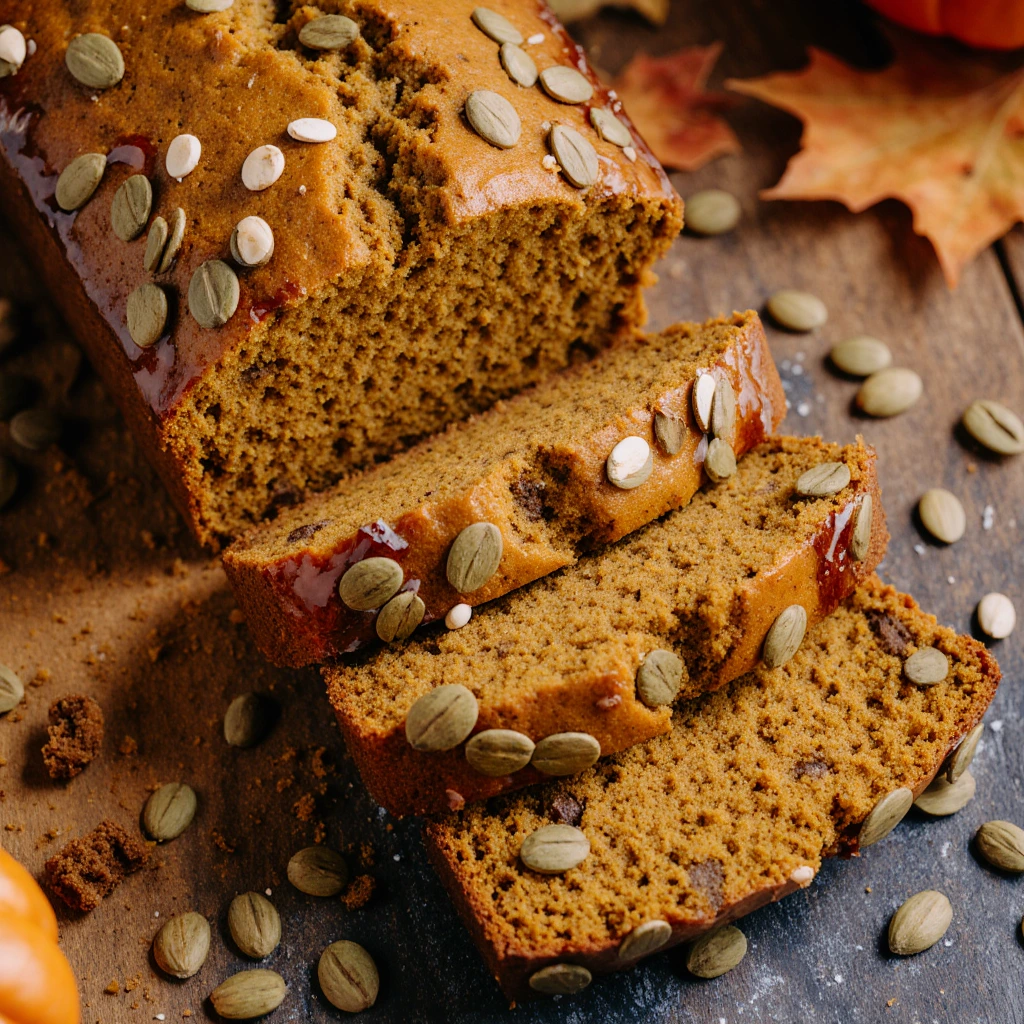
Nutritional Information
This pumpkin bread recipe provides substantial nutritional value while delivering exceptional taste and satisfaction through carefully balanced ingredient proportions.
Comprehensive Nutritional Analysis Per Slice (based on 12 servings): Calories range from 285 to 310 per slice, depending on optional ingredient inclusion and serving size variations. This caloric density provides satisfying energy content while remaining reasonable for occasional consumption.
Carbohydrate content measures approximately 45 to 50 grams per serving, primarily derived from flour and sugar components. These carbohydrates provide sustained energy release appropriate for breakfast or afternoon consumption.
Protein content reaches 4 to 5 grams per slice through egg and nut contributions, supporting satiety and nutritional completeness. The protein quality remains high due to complete amino acid profiles from egg sources.
Fat content measures 8 to 12 grams per serving, primarily from oil and optional nut additions. These fats contribute to moisture retention and flavor development while providing essential fatty acids.
Micronutrient Contributions: Vitamin A content reaches significant levels through pumpkin puree inclusion, supporting immune function and vision health. Beta-carotene concentrations provide antioxidant benefits and contribute to the characteristic orange color.
Fiber content measures approximately 2 to 3 grams per slice, supporting digestive health and satiety enhancement. Additional fiber contributions come from optional nut and seed inclusions.
Iron, potassium, and magnesium concentrations provide meaningful nutritional contributions through pumpkin and spice ingredients, supporting overall health maintenance and energy metabolism.
Healthier Alternatives for the Recipe
Transform this traditional pumpkin bread into a more nutritionally dense option through strategic ingredient modifications that maintain flavor integrity while enhancing health benefits.
Flour Substitution Strategies: Replace half the all-purpose flour with whole wheat pastry flour to increase fiber content and nutritional density. This modification adds approximately 3 grams of fiber per serving while maintaining tender texture characteristics.
Almond flour substitution for up to one-third of the total flour content increases protein content and provides healthy fats while reducing carbohydrate density. This modification requires slight liquid adjustments to maintain proper batter consistency.
Sugar Reduction Techniques: Reduce granulated sugar by one-quarter and substitute with unsweetened applesauce or mashed banana to maintain moisture while decreasing overall sugar content. This modification reduces calories by approximately 15% per serving.
Natural sweetener alternatives such as maple syrup or honey can replace up to half the granulated sugar while providing trace minerals and more complex flavor profiles. These substitutions require slight flour adjustments to maintain proper batter consistency.
Oil Replacement Options: Greek yogurt or pumpkin puree can replace up to half the vegetable oil content, reducing fat calories while maintaining moisture and adding protein content. This modification requires careful monitoring to prevent texture changes.
Coconut oil substitution provides medium-chain triglycerides and enhanced flavor complexity, though this modification slightly alters the final taste profile and requires proper temperature management during mixing.
Serving Suggestions
Elevate the pumpkin bread experience through thoughtful presentation and complementary accompaniments that enhance both visual appeal and flavor development.
Traditional Serving Approaches: Serve slices at room temperature with high-quality butter or cream cheese to complement the spice profile and enhance richness. The contrast between cool, creamy accompaniments and warm spices creates an optimal taste experience.
Lightly toasted slices provide textural contrast and intensified flavor development through caramelization of surface sugars. This preparation method works particularly well for day-old bread that benefits from slight reheating.
Elevated Presentation Options: Create an elegant breakfast or brunch presentation by arranging slices with seasonal fruit displays and artisanal nut butters. The visual appeal of coordinated autumn colors enhances the overall dining experience.
Transform individual slices into sophisticated dessert presentations by adding light dustings of powdered sugar or drizzles of maple glaze. These enhancements provide visual interest without overwhelming the primary flavors.
Beverage Pairing Recommendations: Coffee and espresso-based beverages complement the warm spice profile while providing caffeine balance to the bread’s natural sweetness. The bitter coffee notes create pleasant contrast with the sweet, spiced bread.
Herbal teas such as chai or ginger tea amplify the existing spice notes while providing warming comfort appropriate for autumn consumption. These pairings create harmonious flavor combinations that enhance the overall experience.
Common Mistakes to Avoid
Understanding frequent preparation errors ensures consistent success and optimal results when creating this pumpkin bread recipe.
Overmixing Prevention: Excessive stirring after flour addition creates tough, dense bread texture through gluten overdevelopment. Mix ingredients only until just combined, accepting some minor lumps rather than achieving perfect smoothness through overmixing.
Professional bakers recognize that quick bread batters should appear slightly rough rather than completely smooth. This texture indicates proper mixing technique that preserves tender crumb structure in the finished product.
Temperature Control Issues: Oven temperature variations significantly impact baking results, with temperatures above 375 degrees causing exterior burning before interior cooking completion. Verify oven accuracy using an independent thermometer to ensure consistent results.
Ingredient temperature affects mixing efficiency and final texture quality. Room temperature eggs and oil integrate more effectively than cold ingredients, preventing batter separation and ensuring smooth consistency.
Timing and Doneness Challenges: Underbaking results in gummy texture and structural instability, while overbaking creates dry, crumbly bread with diminished flavor. Use the toothpick test consistently, looking for clean removal or just a few moist crumbs.
Pan size variations affect baking time significantly, with smaller pans requiring extended baking periods and larger pans finishing more quickly. Adjust timing based on pan dimensions to achieve optimal results.
Storing Tips for the Recipe
Proper storage techniques preserve freshness, flavor, and texture while extending the practical enjoyment period of this pumpkin bread recipe.
Short-Term Storage Solutions: Store completely cooled bread wrapped tightly in plastic wrap or aluminum foil at room temperature for up to four days. This method maintains optimal moisture levels while preventing staleness and preserving flavor integrity.
Airtight container storage provides additional protection against moisture loss and environmental contaminants while maintaining texture quality. Choose containers sized appropriately to prevent unnecessary air exposure.
Extended Storage Methods: Freeze individual slices wrapped in plastic wrap and stored in freezer bags for up to three months. This preparation method allows convenient single-serving portions while maintaining quality through proper moisture protection.
Whole loaf freezing requires complete cooling followed by tight wrapping in plastic wrap and aluminum foil. This double-wrapping technique prevents freezer burn while maintaining optimal texture and flavor upon thawing.
Quality Maintenance Strategies: Refresh day-old bread through light toasting or brief warming in a low oven to restore texture and enhance flavor development. This technique revitalizes slightly stale bread without compromising overall quality.
Moisture restoration for dried bread can be achieved through brief steaming or placing in a container with a slice of fresh bread overnight. These methods redistribute moisture while preserving the original texture characteristics.
Conclusion
This quick pumpkin spice bread with ginger and cloves demonstrates how strategic recipe optimization can deliver exceptional results while respecting time constraints and maintaining professional quality standards. The distinctive spice combination creates sophisticated flavor profiles that elevate traditional autumn baking into memorable culinary experiences.
Experience the satisfaction of creating bakery-quality pumpkin bread in your own kitchen by following this comprehensive recipe guide. Share your results and personal variations in our review section, and subscribe to our blog for additional seasonal baking recipes and professional techniques that enhance your culinary repertoire.
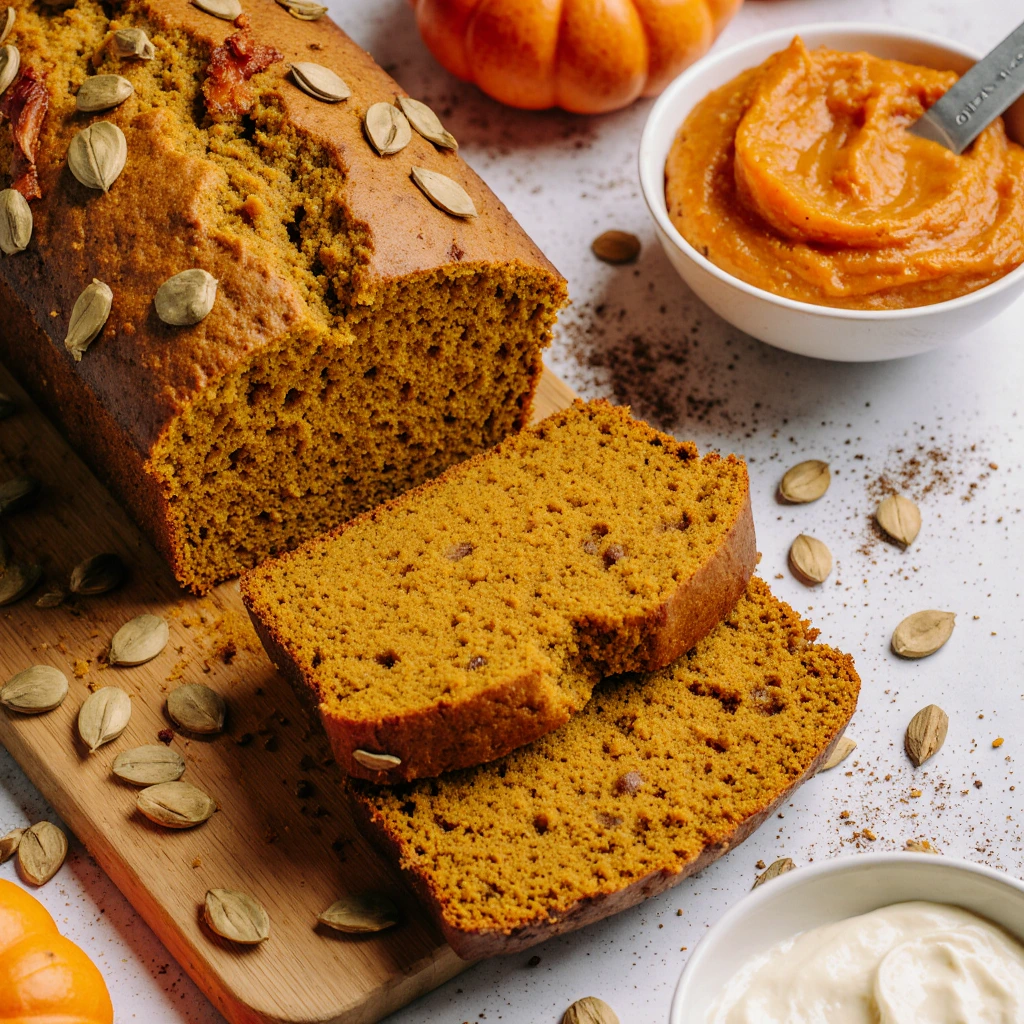
FAQs
Can I substitute fresh pumpkin for canned pumpkin puree in this recipe? Fresh pumpkin puree provides superior flavor and texture compared to canned alternatives, though proper preparation requires roasting and pureeing whole pumpkin. This substitution may require slight liquid adjustments due to moisture content variations between fresh and canned products.
How do I know when the pumpkin bread is properly baked? Proper doneness indicators include a toothpick inserted in the center emerging clean or with just a few moist crumbs attached, internal temperature reaching 200 degrees Fahrenheit, and the bread pulling slightly away from pan edges. Visual cues include golden brown surface color and springy texture when lightly pressed.
What causes my pumpkin bread to be dense or heavy? Dense texture typically results from overmixing the batter after flour addition, using expired baking soda, or incorrect ingredient measurements. Ensure gentle mixing techniques, verify baking soda freshness, and measure ingredients accurately using proper techniques for optimal results.
Can I make this recipe gluten-free? Gluten-free flour substitutions require careful consideration of binding properties and moisture absorption characteristics. Use established gluten-free baking flour blends designed for quick breads, and expect slight texture variations compared to traditional wheat flour preparations.
How should I adjust the recipe for different pan sizes? Smaller pans require extended baking times and may produce taller loaves, while larger pans finish more quickly and create wider, flatter results. Monitor doneness through toothpick testing rather than relying solely on timing, adjusting as necessary based on pan dimensions and oven characteristics.
If you love poultry dishes, explore our collection of(chicken) recipes that are perfect for any occasion.

